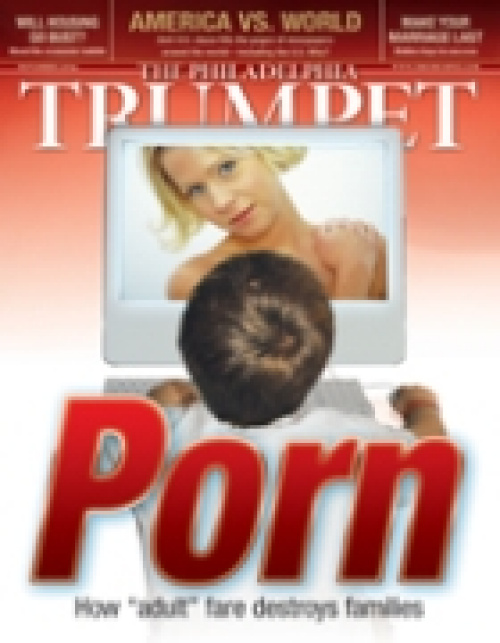Ever-Changing Institutions
“Marriages are not only breaking down all around us; the very usefulness and desirability of the custom is being seriously questioned! Is marriage on the way out, after all these generations and centuries? Is the home, and family life, to disappear from human society?”
As bad as it was when Herbert W. Armstrong wrote those words 36 years ago, it’s even worse now. Consider:
Today, only one third of American households have children, compared to about 50 percent in 1960. By 2010, only one quarter of all households will be composed of families with children.
Today, women have an average of 2.1 children. And that number is going down. In 1960, it was 3.5.
The average American spends about 45 percent of his or her life living with a spouse and children—down from 62 percent in 1960.
Today, 34 percent of American children live apart from their biological father, up from 17 percent in 1960.
In 2002, the number of children living in single-
parent households climbed to 28 percent, compared with 9 percent in 1960. Much of this is due to illegitimate births and divorce. Since 1960, the percentage of babies born to unwed mothers has increased more than six-fold. The number of births to unwed mothers in 2001 was the highest ever recorded. Today, about a third of all births occur out of wedlock.
The divorce rate is more than twice what it was in 1960.
Then there is the increasing popularity of cohabitation as either an alternative to marriage or a means to ease into marriage. Most people now live together before getting married. Yet studies have shown that living together before marriage actually increases the likelihood for divorce later.
Meanwhile, homosexuals are clamoring for the “right” to legally marry. What does it say about our society when the most vociferous proponent of marriage comes from the homosexual lobby?
